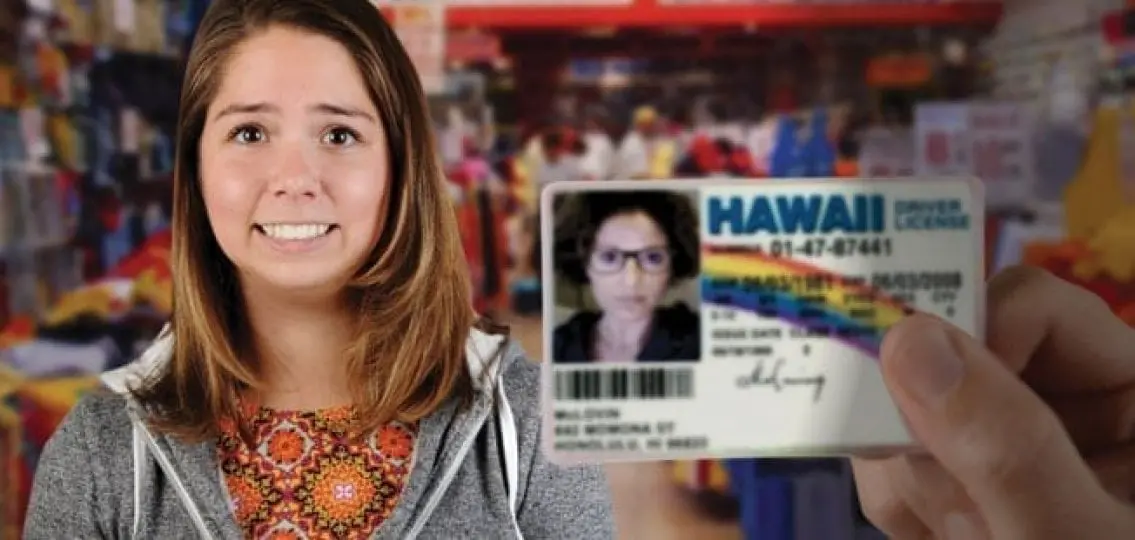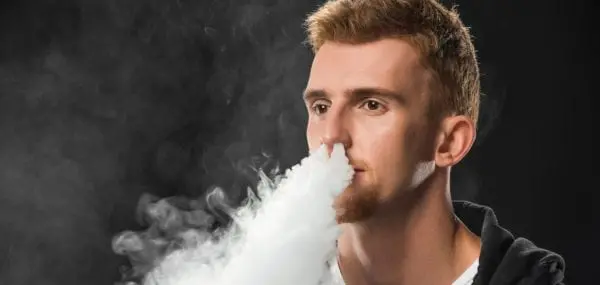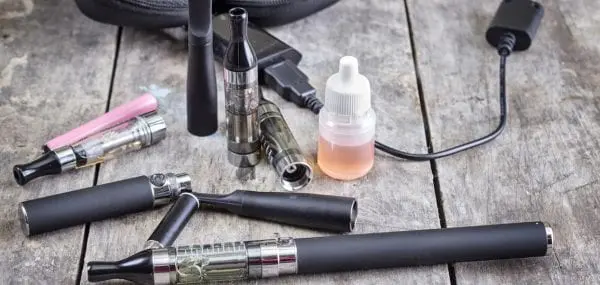Homecoming. Prom. SATs. High school has many rites of passage, some legitimate and some more secretive, like using a fake ID. Not surprisingly, teenagers who obtain a fake ID are more likely to drink—and drink more—than peers who don’t have fake IDs, according to a 2013 study in the journal Alcoholism.
Unfortunately for parents, today’s technology makes getting a fake ID fairly easy.
“You just need a scanner, printer, and the ability to laminate,” says Yolanda Evans, M.D., MPH, a pediatrician specializing in adolescents at Seattle Children’s Hospital. Kids usually pay a fellow student supplier around $25 to $50 per ID. Or teenagers can buy them on the internet and have them delivered right to their door.
So what should you do if you suspect (or find out) your teenager has a fake ID? Here are three ways Dr. Evans suggest parents talk about fake IDs:
Safety first:
Tell your teen, “I want to keep you safe. So I don’t want you getting a fake ID and drinking alcohol or smoking pot,” says Evans. While sharing our expectations for risky behaviors with our teens won’t necessarily stop them from making poor choices, it may at least prompt them to think twice beforehand.
They’re illegal:
Explain to your teen that getting caught with a fake ID can land her in legal trouble for using fraudulent identification (and that’s on top of any legal trouble for attempting to buy alcohol or marijuana as a minor).
Enforce consequences:
Once your teen understands your rules, enlist his or her help by setting consequences. If you catch your teen breaking the rules, says Evans, you must follow through with the consequence, which might include taking away the fake ID.




